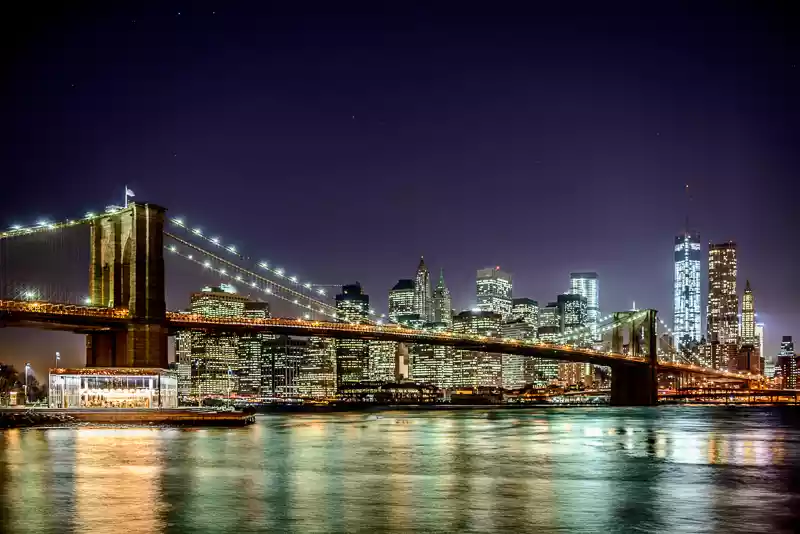Table of Contents
Nijo Castle
Nijo Castle is located in the Japanese city of Kyoto, and it served as the official residence of Governor Shogun Tokugawa, who ruled Japan during the Edo period. This castle is classified as a UNESCO World Heritage Site, although the main tower of the castle was burned In the eighteenth century, however, you can visit the Ninomaru Palace in the castle, and enjoy the wonderful view of the interiors, the paper panels hanging on the doors, in addition to the rooms covered in gold leaf, and others.
White stork palace
The Himeji-jo Palace, or White Stork Palace (English: castle of Himeji-jo), is a UNESCO World Heritage Site. This palace is located in Hyogo Prefecture, and was built at the beginning of the seventeenth century, and is classified among the best examples of Japanese architecture The old ones are still preserved, and the palace consists of 83 buildings, and contains a wide range of defense systems and advanced protection devices.
Hiroshima Peace Memorial Park
Hiroshima Peace Memorial Park is located in the center of the atomic explosion that was previously part of the city, and includes many monuments, memorials, and museums related to the events of the nuclear attack on Hiroshima, in addition to lands and gardens that contain colorful flowers, and the Memorial Museum of Peace, And the flame of peace, the Dome of Gnbaco, and many others, and it is noteworthy that this garden has become a symbol of lasting peace in the city.
Buddhist monuments in the Horyo-ji area
There are many Buddhist monuments that can be visited in the Horyo-ji area in Nara district, as there are about 48 monuments, many dating back to the late seventh or early eighth century, which makes them one of the oldest wooden archaeological buildings in the world, and these artifacts show Wooden Artistic Architecture How to adapt Chinese Buddhist architecture and designs to Japanese culture.
Kinkaku-ji Temple
The Kinkaku-ji Temple, known as the “Golden Pavilion” is one of the most famous historical symbols in the city of Kyoto, and was built in 1397 AD as a guarantor for the retirement of Governor Shogun, and was later converted into a Buddhist temple that has two upper floors covered with leaves The golden shining.








